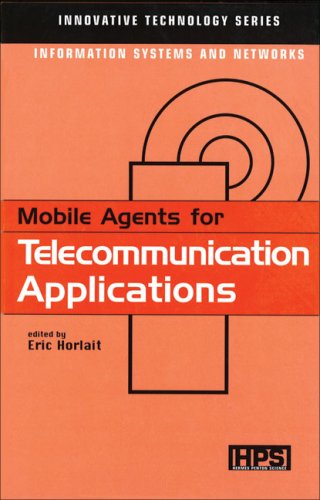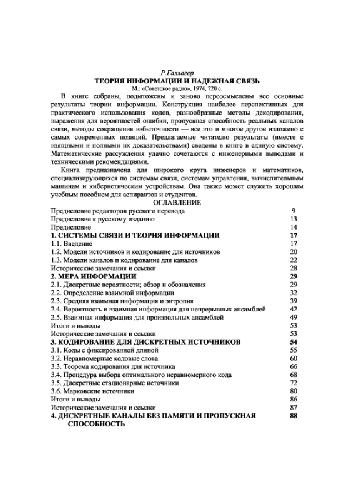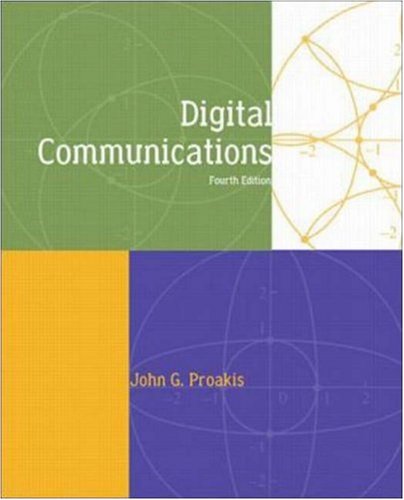Eric Horlait9781903996287, 1-9039-9628-7
Table of contents :
Mobile Agents for
Telecommunication
Applications……Page 2
Copyright……Page 5
Contents……Page 6
Foreword Eric Horlait……Page 8
1. Introduction……Page 10
2.1 Using probabilistic encryption……Page 12
2.2 Protocols based on oblivious transfer……Page 13
2.3 Autonomous protocols……Page 15
2.4 Using group- oriented cryptography……Page 16
3. Trust versus communication overhead……Page 19
3.1 A trusted third party……Page 20
3.3 A virtual trusted third party……Page 21
4. Case study: second price auctions……Page 23
5. Conclusion……Page 24
1. Introduction……Page 28
2. Supporting QoS protocols with software agents……Page 29
3. Resource allocation in network domains……Page 30
3.1 Negotiation phase……Page 31
3.3 Adaptation phase……Page 33
4. Domain agency architecture……Page 34
4.1 Domain Resource Reservation Agent……Page 35
4.3 Domain Admission Control Agent……Page 36
5. Domain agency communications protocol……Page 37
5.1 Interactions between domain agencies……Page 38
5.2 Status of current ( immediate and advance) reservations……Page 39
6.1 Simulation experience……Page 40
6.2 Implementation directions……Page 43
7. Conclusion……Page 44
1. Introduction……Page 48
2. Related work……Page 51
3. The need for terminal adaptation……Page 54
4. Adaptation by partitioning……Page 55
4.2 How to partition an application……Page 56
4.3 Starting the application……Page 60
4.4 Repartitioning……Page 61
4.6 An example scenario……Page 64
5. Conclusions and future work……Page 66
1. Introduction……Page 70
2. Related work……Page 71
3. Mobile code toolkit……Page 72
3.1 Toolkit design……Page 73
3.3 Toolkit performance……Page 74
3.4 Automatic agent identification……Page 75
4. Case study……Page 76
5. Scalability……Page 77
6. Conclusions and future work……Page 81
1. Introduction……Page 86
2.1 Node Operating System……Page 88
2.2 Active transport……Page 90
2.3 Execution Environments, Active Applications and User Applications……Page 91
3.1 Odyssey architecture……Page 93
3.2 Active Network Node……Page 95
3.3 Active Reservation Protocol……Page 96
3.4 ANTS……Page 98
3.6 The YAAP active platform……Page 99
4. Conclusions……Page 101
1. Introduction……Page 104
2. Background……Page 105
2.2 Active networks……Page 106
2.3 Mobile agents and active networks……Page 108
2.4 Resource management……Page 109
3. Resource trading model……Page 111
3.1 Resource manager agents……Page 112
3.2 Capsules as reactive user agents……Page 113
4. Congestion control for a concast audio mixer……Page 117
5. Simulations……Page 120
6. Conclusions and future work……Page 125
Index……Page 130







Reviews
There are no reviews yet.